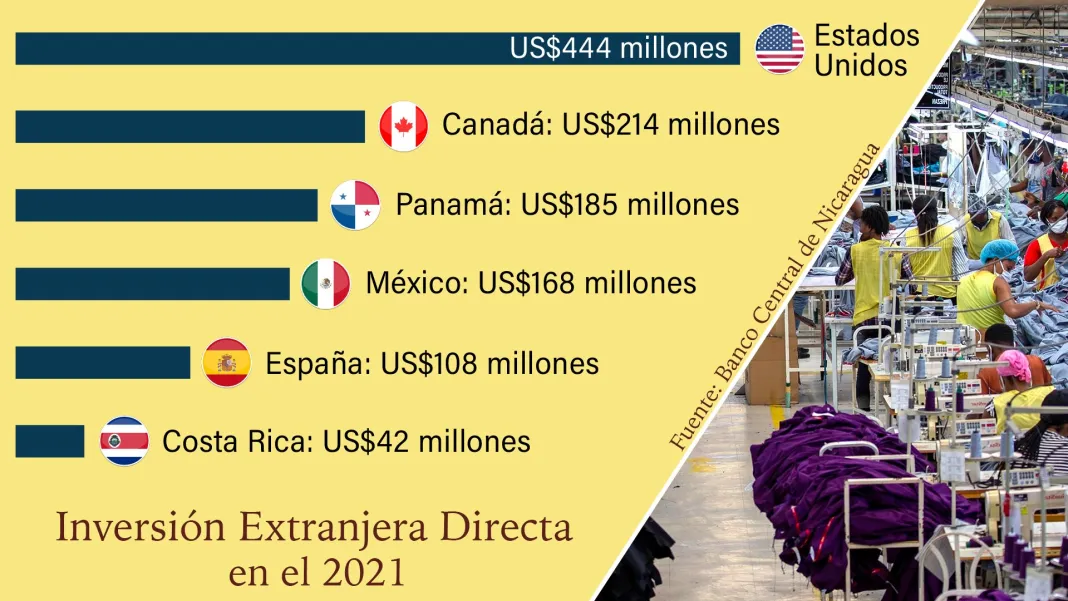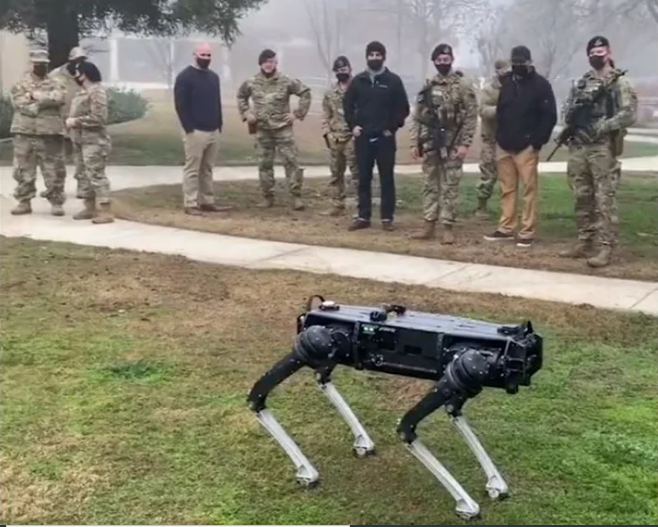“The United States must consider itself as part of Latin America,” US historian Carrie Gibson stresses in an interview.
The Edaf publishing house has published in Spanish “El Norte”, the book in which Gibson recounts “the forgotten epic of Hispanic North America”.
A story in which this London-based author tackles a story that is often “ignored or marginalized”, for which she sees “an urgent need to talk about the Hispanic history of the United States”.
A JOURNEY TO THE NORTH
The North is how its neighbors to the south, such as Mexico, refer to the United States. The historical account has tended to tell the Hispanic legacy in each country separately, but this book delves into their common journey.
“The Spanish are part of the history of the United States, just as they are part of the history of Mexico and Mexico is part of the history of the United States, there is a great link between the three,” he explains during a visit to Madrid.
The author, a descendant of Europeans, states that “the importance of the passage of the Spanish means that Americans have to accept that they share part of their history with their neighbors to the south.”
“El Norte” traces that legacy since the arrival of the conqueror Ponce de León in Florida in 1513, on a journey through the immense US geography that for centuries was part of the Spanish empire, from California to Texas.
That heritage is perhaps better known in Mexico, which lost half of its territory in wars with the United States, than in its neighbor to the north, he observes.
In the United States “it is in the memory” for example the support of the French in the war of independence against England, while it is “almost forgotten” in the case of the help of the Spanish, he comments.
“Cuba was very important for a long time for the United States”, he highlights to mention that the Spanish sent troops from Havana and Bernardo de Gálvez was decisive in the battle of Pensacola.
The history of Texas that is learned in the United States is different from the one studied in Mexico because for example it is forgotten that in the southern neighbor slavery was abolished much earlier than in the north, he also cites.
Without forgetting countries like Puerto Rico, which is also part of the historical evolution of El Norte.
HISPANIC OR LATINO IN THE UNITED STATES
They are some of the many examples of the weight of Hispanics in American history, although over the centuries their “so important role” has been forgotten, he points out.
Gibson uses “Hispanic” when talking about the connection between the United States and Spain, although the term “Latino” has been extended among many Americans to differentiate everyone who is not white, “but it is not correct.”
This book aims to shed light on this type of idea because although the Spaniards dominated an immense territory, they were few compared to the Anglo-Saxons who came later, whose history has prevailed.
Faced with messages such as that of former President Donald Trump, – “we are a nation of whites” -, its pages claim the importance that those who do not have different skin color or speak Spanish are less American.
“There are a lot of people who don’t know the story, so they can’t see the connection,” warns the historian, who has worked as a journalist for media such as the British The Guardian or the BBC.
The English edition, from two years ago, helped many people now want to “learn this story, and hopefully in Spain as well” with Edaf’s translation.
Carrie Gibson concludes: “Spain is part of El Norte”.


















































































